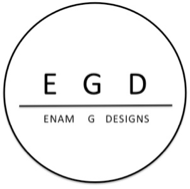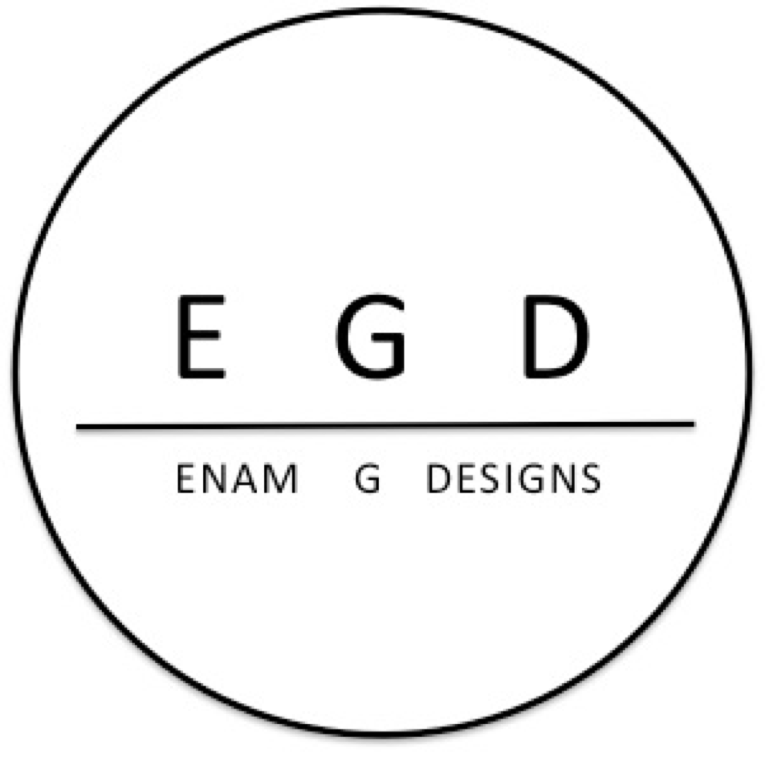Gardez L’Eau is a new exhibition and body of work that explores themes of trade, travel, and colonialism, drawing on the history of Southampton as a gateway to the world. The work was inspired by the idea of God’s House Tower (GHT) as a conduit, a living, breathing entity, a transient space of passage, and how the sea has brought war, trade, settlers and so much more to the city.
Starting on the roof of the Tower, a series of soft sculptures made with materials related to the history of GHT – wool, wire and rope – wound their way around the building and through the gallery spaces. Some of the works were co-created with local artists and knitters, through a series of workshops led by Enam and hosted at GHT in Spring 2022. The sculptures tell the story of the building and of those held captive within its walls as prisoners in the 18th Century. It also encompassed themes of transience, migration, refuge, community and unison. These contrasting narratives reflect the wide-ranging experiences of people that have occupied the building and the town of Southampton over the centuries.
Three historically significant materials were used to make the sculptures. Wool, which was pillaged from the King during the French Raid in 1338; wire, to signify the metal of the prisoners’ restraints and the chains of a ship’s anchor; and rope, which the prisoners – typically women- twisted and pulled to pick oakum, a common punishment for felons during the 1700s. On the roof, the sculpture acts as a reimagined time-ball, originally used by Mariners to tell the time, for a brief period at the end of the 19th Century. In the Contemporary Gallery, the wire sculpture takes the shape of the gun ports which now serve as windows to the sea, the artwork itself becoming a portal.
The many aspects of Gardez L’Eau are bedded in the extensive research undertaken at the start of the commission. Research that was reflected across its entirety, creating a connecting thread translated through varied channels. There were three main elements of focus. First were the links to the Caribbean; prisoner John Geagon, held in the Debtor’s prison of God’s House Tower, who owned plantations in St Kitts. These plantations were later sold to continue funding what would then have been a quite comfortable life in prison. The many Southampton mayors who also owned plantations across the Caribbean and America. And the countless Windrush migrants who disembarked in Southampton, Enam was particularly struck by the number of children who were sent unaccompanied.
Similarly, was the discovery of ‘los niños’, the 4,000 Basque child refugees, victims of the Spanish Civil War who arrived in Southampton aboard the SS Habana in 1937. Some settled in Southampton making it their home.
Finally, the disturbing stories of the women prisoners of God’s House Tower who were housed in the Bridewell Gaol. Some were as young as 13 and were imprisoned for offences as simple as stealing a shoe. Enam was particularly struck by the sad story of Mary Rowsell who was accused of murdering her baby, although thankfully she was later acquitted. These histories, and others uncovered throughout the process, take shape in the work – more directly in the words embroidered on the wool sculptures. Indirectly in the very physical act of making, at times painstaking and laborious due to the toughness and scale of the materials. As though a performative interpretation of the arduous labour inflicted on the women prisoners all those centuries ago. And as inspiration in the other translations detailed below.














